All about the host: choice of planting material, how to plant, care features
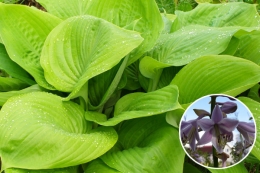
Hosta is a lifesaver for gardeners and landscape designers, not only as a perennial that does not require special care, but also as a shade-tolerant plant that can decorate secluded corners of the garden where the sun rarely reaches. There are about six hundred varieties of hosta, differing from each other not only in the color and shape of the buds, but also in the variety of leaves in their shape, texture, and color. Hosta is one of the plants that, even in the intervals between flowering, are a worthy decoration of the garden.
Content:
Plant for the lazy
Hosta is often called plant for the lazy. Indeed, she is one of the most unpretentious garden inhabitants. It can be planted in the shade and in the sun, in black soil and sandy soil - everywhere it will delight and attract attention with its beauty. Only some varieties in direct sunlight can change the color of their leaves and become less decorative.
We are talking about hostas with bluish-gray foliage. The waxy coating on the leaves, which gives them such an unusual shade, becomes lighter in the sun and may disappear completely. Therefore, it is better to plant such a plant in partial shade or shade. Moreover, there are much more shade-tolerant plants that prefer sunny areas.The powerful root system of the hosta, penetrating deep into the soil, is capable of independently providing itself with moisture and nutrients.
Choosing a place to plant hosta
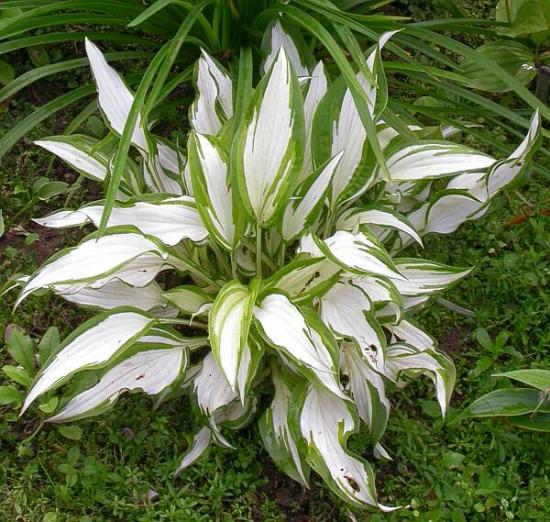
It is advisable to plant hosta in shade or partial shade. The host herself can tell you which place appeals to her. The more white and yellow stripes on its leaves, the more favorable it is to sunlight. The more shade, the more spreading and beautiful the bush. But it grows more slowly than in the sun. When a planting site has been chosen, you should take care of the soil.
Hosta will be grow in any soil, but light loams with a neutral reaction are considered the best for it. Sandy soil slows down plant growth but improves color quality. Damp areas are not suitable for the plant. Groundwater must flow at a sufficient depth so that the roots do not hurt or rot from excess moisture.
It is advisable to add a little humus, rotted organic matter, peat and mineral fertilizers to the planting hole. Mineral fertilizers can be taken as complex fertilizers, calculated as a tablespoon per bucket of water or a tablespoon of superphosphate, ammonium nitrate and potassium sulfate for each plant.
How to choose the right planting material
Hosta seedlings are sold in specialized stores in three types:
- With open root system
- In bags with roots sprinkled with a nutrient mixture
- Planted in pots
If at the time of purchase it is not possible to examine the root system, you should choose a plant that has a well-developed leaf bud. If it has already started to grow and has produced a full-fledged leaf, then this is likely a weakened root system. Such a host will take root worse and grow more slowly. And she is not the fastest growing plant anyway.
Having purchased planting material, you should immediately consider its root. Affected and rotten roots are removed, the rest are treated with a weak solution of potassium permanganate. Hostas are planted in open ground no earlier than May, when the soil has already warmed up sufficiently. Usually planting material is sold earlier, in February-March.
There are several options for storing hosta before planting in the garden:
- Wrap planting material in polyethylene and store in the lower compartment of the refrigerator at a temperature of 0 to +4 degrees.
- Plant in a container and water periodically until planted in a permanent place. A plant pampered by indoor conditions may not take root in open ground, so before planting it must be hardened off by placing the container outside.
Planting hostas
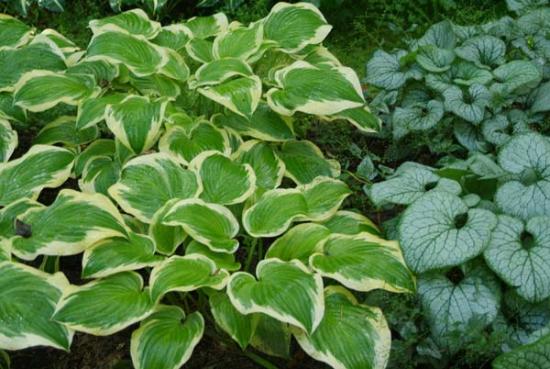
Plant the hosta in a previously dug area in a hole large enough for the root of the plant. This is about 30-40 centimeters. You definitely need to add a good layer of drainage from broken brick or stone to the bottom. Mix a mound of fertile soil poured at the bottom with fertilizers and place the roots of the plant on it.
It is desirable that the planting depth corresponds to the depth of the mother plant. The plant, sprinkled with soil, must be well watered with water in several stages to fill the voids between the roots with soil. The root collar should be above the ground.
It is advisable to plant the hosta regularly for some time water once every three to four days. It should be mulched only after planting to avoid rapid evaporation of moisture from the soil surface. In the future, it is better to remove the mulch.It can cause the exposed root collar to warm up, and slugs love to settle in it and love to feast on plant leaves.
Hosta care
Watering, especially in very hot summer months, even a host is needed. You can water it with any water. It tolerates cold spring water calmly, just do not pour it on the leaves. Watering is done at the root. Otherwise, unsightly water stains may form on the leaves, and in blue varieties, the waxy coating that gives the plant its color may be washed off.
Hostas are fed up to four times per season. For it, it is enough to purchase a complex fertilizer with a balanced composition. The last feeding should take place in mid-August. Fertilizer should be added in the first half of the day to damp soil, after heavy rain or good watering. You should usually pour at least a bucket of water under an adult bush. Foliar feeding, which it is advisable to alternate with root ones, on blue varieties are carried out on the underside of the leaf to avoid damage to the waxy coating.
The unpretentious hosta is still subject to attack by pests: caterpillars, slugs and snails. To combat them, you can use chemicals or folk remedies. Crushed eggshells scattered around the area or traps from a beer container help a lot.
In order for the hosta to feel great in the garden and delight you with its beauty for a long time, you need to remember two basic rules for planting it: do not plant in a place where these plants have already grown, otherwise new ones will constantly get sick, and for five years after planting you should not replant or divide her.
Video about planting hosta and caring for it:

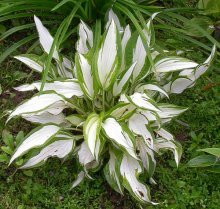
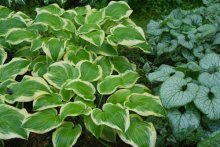
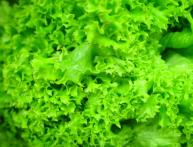
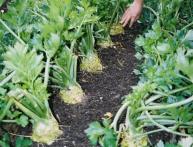
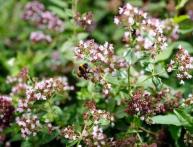
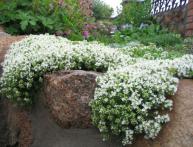
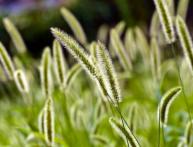
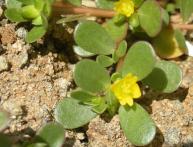
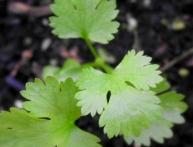

Comments
I studied to be a landscape designer. There was a lot of practice.One of the practices was the landscaping of a completely shaded alley. Saved the host! Beautiful and not whimsical!